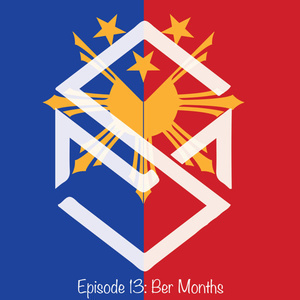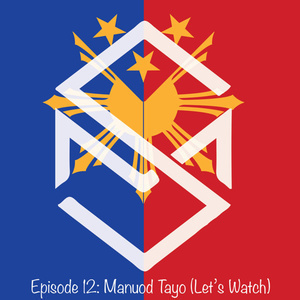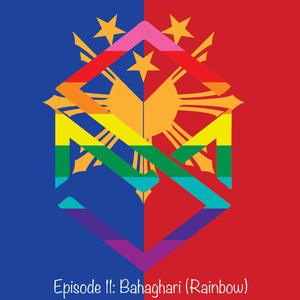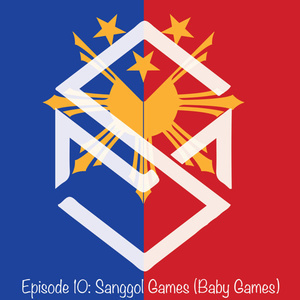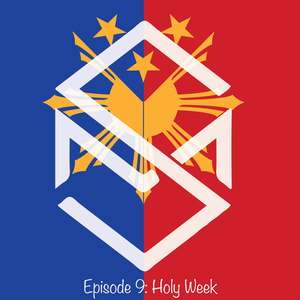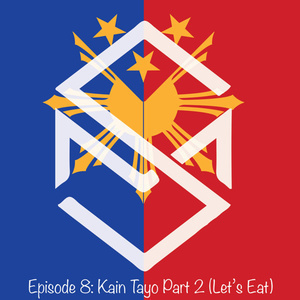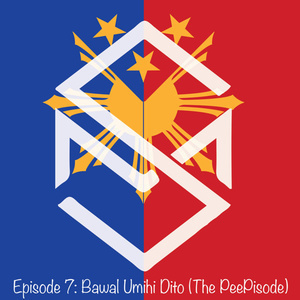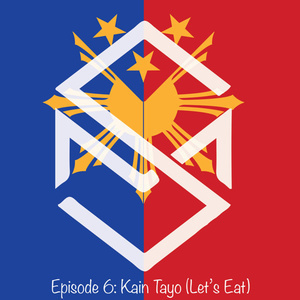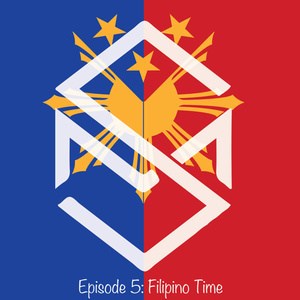Charles Returns for a Spooky Episode!
Welcome back to the Sherwin M Podcast! I’m Sherwin, and I’m not alone today – my buddy Charles (from the basketball episode, Ep 3) is back! How’s it going, Charles? (Charles: Hello, it’s going good, going good!)
Glad to have you here for Episode 14, which I’ve titled “Takot Ako” – Tagalog for “I’m Scared.”
Setting the Scene: Halloween vs. All Saints’/Souls’ Day in the Philippines
Since we recorded this in early October, I wanted to do a Halloween-themed episode. But it’s interesting because Halloween isn’t really officially celebrated in the Philippines. Why?
- Religious Context: The Philippines is predominantly Catholic, and Halloween is often viewed as a pagan holiday.
- Focus on Nov 1st & 2nd: Instead of trick-or-treating on Oct 31st, Filipinos focus on remembering the dead during All Saints’ Day (November 1st) and All Souls’ Day (November 2nd). This is a huge observance. People travel long distances, often back to their home provinces via bus or ferry, to visit cemeteries and honor deceased relatives.
- Cost: Imported chocolate candy (M&Ms, Hershey’s, etc.) is very expensive in the Philippines – too pricey to just give away! Costumes are also an added expense. (Though westernization is making Halloween slightly more known now).
So, instead of Halloween costumes and candy, this episode delves into the other side of Filipino spooky season: the ghosts and monsters of folklore!
Meet the Monsters: Filipino Folklore Deep Dive
In Tagalog, ghosts, monsters, and spirits are often generally called Multo or, more commonly used especially with kids, Mumo. You know, the classic “Don’t go there, the mumo will get you!” tactic parents use!
But there are specific creatures in Filipino folklore. I had to do some research (and admit I’m a scaredy-cat about this stuff – writing these notes gave me chills!). Here are a few famous ones:
- The Manananggal:
- What it is: A terrifying, usually female creature capable of severing its upper torso from its lower half. The upper part sprouts giant bat-like wings and flies off to hunt. (Manananggal comes from the Tagalog word tanggal, meaning “to remove” or “separate”).
- Victims: It’s said to prey on sleeping pregnant women, using a long, proboscis-like tongue to suck out the fetus’s heart or a sleeper’s blood.
- Weakness: The lower torso left standing is vulnerable. Sprinkling salt, crushed garlic, or ash on it prevents the upper half from rejoining, and the creature dies at sunrise. (I knew the basic idea, but the details about the weakness and targeting fetuses were new and creepy!)
- https://en.wikipedia.org/wiki/Manananggal
- The White Lady:
- What it is: A female ghost, always dressed in white. Typically associated with rural areas, local legends, or tragic events.
- Encounters: Sometimes reportedly seen briefly in the rearview mirror by lone drivers late at night before vanishing. Some accidents on certain roads are blamed on her appearance. (Just reading this gives me the creeps!)
- https://en.wikipedia.org/wiki/White_Lady_(ghost)
- The Kapre:
- What it is: A mythical tree giant. Described as tall (7-9 ft), big, black, hairy, and muscular. Often depicted smoking a large cigar.
- Origins?: The name might come from the Arabic word kafir (non-believer). Some historians theorize the Spanish spread the legend to discourage Filipinos from helping escaped African slaves brought from Latin America. (That historical connection is fascinating and something I didn’t know).
- Pop Culture: Charles mentioned it might be the creature featured on the TV show Grimm.
- https://en.wikipedia.org/wiki/Kapre
Final Thoughts on Filipino Frights
Learning about these creatures is both fascinating and spooky! It’s interesting how cultures develop these stories and how they reflect history and anxieties. Even though Halloween isn’t traditionally celebrated, the Philippines definitely has its share of scary folklore perfect for this time of year!
Tagalog Words
- multo, aswang, or mumo – ghosts, monsters, spirits
- takot – scared
- manananggal – vampire
- panglawin – easily gets scared, I looked it up but didn’t find anything. It could be a local slang term in different areas.


